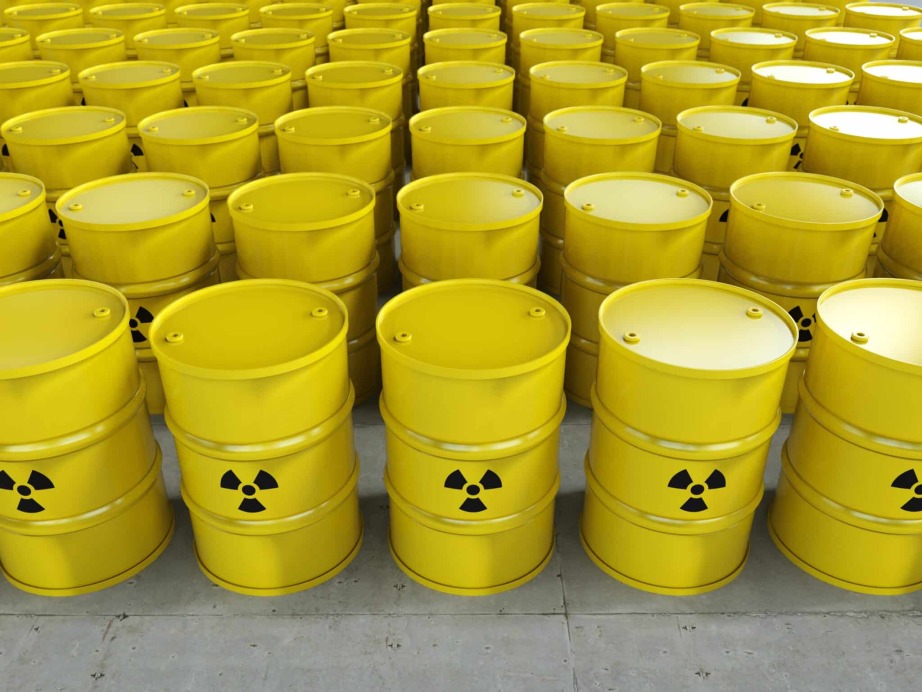
Picture this: you’re managing a bustling healthcare facility, ensuring every patient receives top-notch care. Amidst the daily operations, there’s an often overlooked but critical component—hazardous medical waste. Understanding what constitutes hazardous medical waste is essential for maintaining a safe environment for both patients and staff. Let’s delve into the intricacies of hazardous medical waste, how it differs from non-hazardous waste, and why partnering with experts like MP1 Solution is your best bet for seamless disposal.
How Does Hazardous Waste Differ from Non-Hazardous Waste?
At first glance, all waste might seem the same, but in the medical field, the distinction between hazardous and non-hazardous waste is paramount. Hazardous medical waste refers to waste materials that pose substantial or potential threats to public health or the environment. This includes waste contaminated with infectious agents, toxic chemicals, heavy metals, and radioactive substances. On the other hand, non-hazardous waste encompasses everyday refuse that doesn’t pose significant health or environmental risks, such as paper, packaging, and food scraps.
Think of it this way: hazardous waste is like the superhero of waste types—powerful and requiring special handling to ensure it doesn’t wreak havoc. Non-hazardous waste is the reliable sidekick, easy to manage and dispose of without much fuss. Understanding this difference is crucial for effective waste management in healthcare settings.
Can I Dispose of Hazardous Waste with My Medical Waste?
Combining hazardous waste with general medical waste might seem convenient, but it’s a big no-no. MP1 Solution advises against mixing these waste types because it complicates the disposal process and increases the risk of contamination. Hazardous waste requires specialized handling, treatment, and disposal methods to neutralize its harmful effects, whereas non-hazardous waste can be disposed of through standard municipal services.
Imagine trying to bake a cake by mixing in some chemicals that could explode in the oven—that’s what happens when hazardous waste is improperly combined with medical waste. To keep things safe and compliant, always segregate hazardous waste from non-hazardous medical waste. Marc Wolfe, our Director of Operations at MP1 Solution, emphasizes that proper segregation is the first step towards effective and safe waste management.
What Are Some Examples of Hazardous Waste?
Understanding what qualifies as hazardous medical waste is the key to proper disposal. Here are some common examples:
- Infectious Waste:
a. Blood-soaked materials from surgeries
b. Used needles and sharps like syringes and scalpels
c. Contaminated gloves and gowns - Chemical Waste:
a. Disinfectants and solvents
b. Heavy metals from laboratory equipmen
c. Pharmaceutical byproducts and expired medications - Radioactive Waste:
a. Materials used in diagnostic imaging (e.g., PET scans)
b. Radioactive isotopes used in cancer treatments
c. Laboratory research materials involving radioactive substances - Pathological Waste:
a. Human tissues and organ
b. Animal carcasses used in research
Each of these waste types poses unique risks, requiring specific disposal methods to ensure they don’t harm people or the environment. Proper identification and handling are non-negotiable aspects of hazardous waste management in healthcare facilities.
Hazardous Waste Regulations
Navigating the maze of hazardous waste regulations can be daunting, but it’s essential for compliance and safety. Various federal, state, and local regulations govern the management and disposal of hazardous medical waste. Key regulatory bodies include:
- Occupational Safety and Health Administration (OSHA): Sets standards for workplace safety, including waste handling.
- Environmental Protection Agency (EPA): Regulates the disposal and treatment of hazardous waste under the Resource Conservation and Recovery Act (RCRA).
- Centers for Disease Control and Prevention (CDC): Provides guidelines for infection control and waste management in healthcare settings.
Compliance with these regulations involves proper waste segregation, labeling, storage, and disposal. Failure to adhere can result in hefty fines, legal repercussions, and increased health risks. That’s where MP1 Solution shines—our team, led by Marc Wolfe, ensures your facility stays compliant with all relevant regulations, removing the guesswork and stress from hazardous waste management.
What Do I Do with My Hazardous Waste?
So, you’ve identified your hazardous medical waste and understand the regulations—you’re ready to take action. Here’s the game plan:
- Segregate Waste: Ensure hazardous waste is kept separate from non-hazardous waste using clearly labeled containers.
- Store Safely: Use appropriate containers that prevent leaks and spills, and store them in designated areas away from patient care zones.
- Partner with Experts: Engage a reliable medical waste disposal provider like MP1 Solution to handle the transportation, treatment, and disposal of your hazardous waste.
Marc Wolfe advises, “Don’t let hazardous waste pile up or be improperly managed. Trusting a provider like MP1 Solution not only ensures compliance but also gives you peace of mind knowing that your waste is handled safely and responsibly.” By outsourcing to professionals, you free up valuable time and resources to focus on what truly matters—patient care.
Conclusion
Understanding and managing hazardous medical waste is a critical responsibility for any healthcare facility. From distinguishing hazardous waste from non-hazardous waste to adhering to stringent regulations, every step ensures the safety of patients, staff, and the environment. By partnering with industry leaders like MP1 Solution, you can navigate the complexities of hazardous waste management with ease and confidence.
Whether it’s through comprehensive training programs, meticulous waste segregation, or reliable disposal services, MP1 Solution—led by the knowledgeable Marc Wolfe—stands ready to support your facility’s waste management needs. Don’t leave hazardous waste handling to chance. Trust the experts to keep your operations safe, compliant, and efficient.
